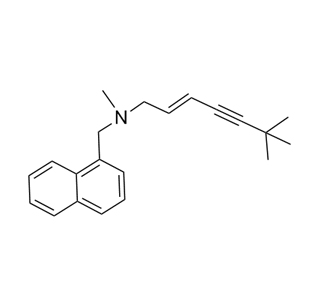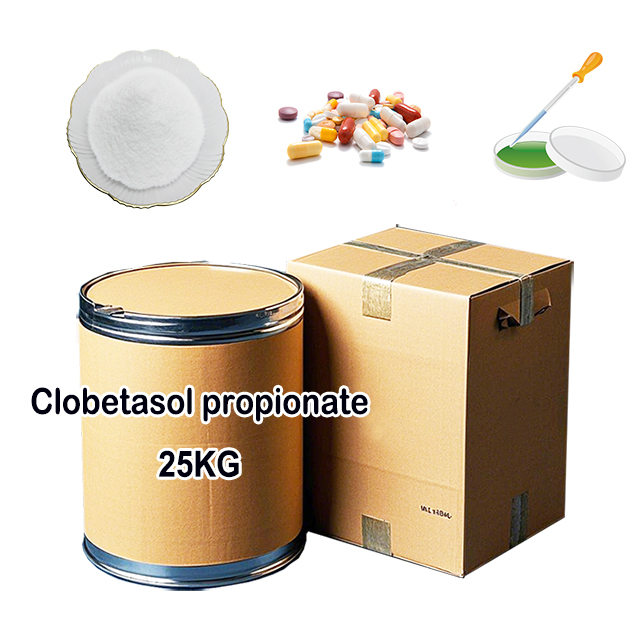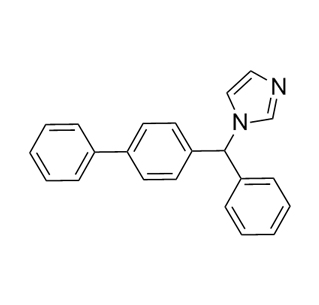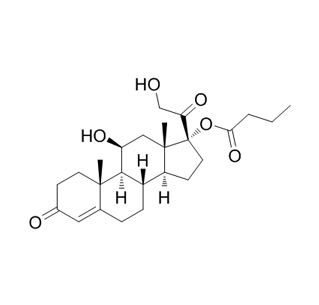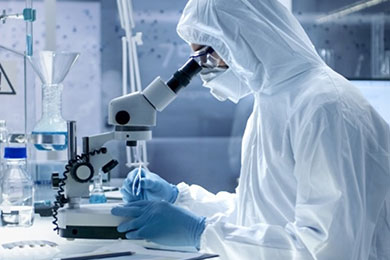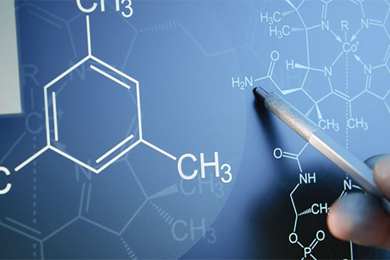
Search

Search

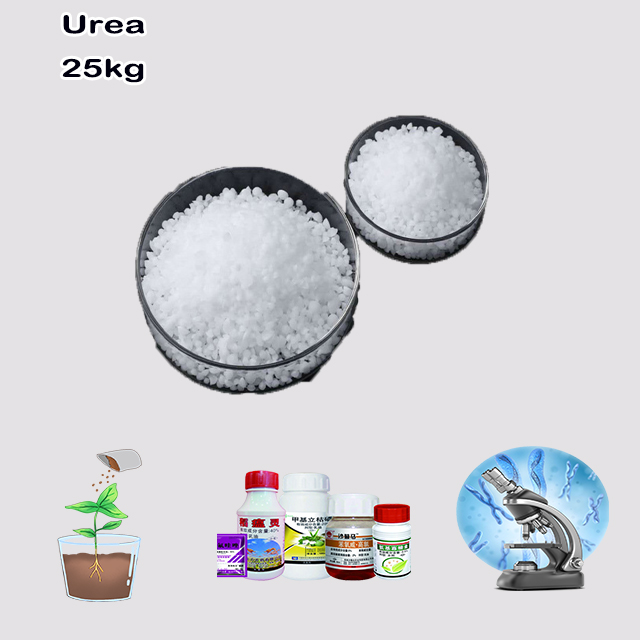
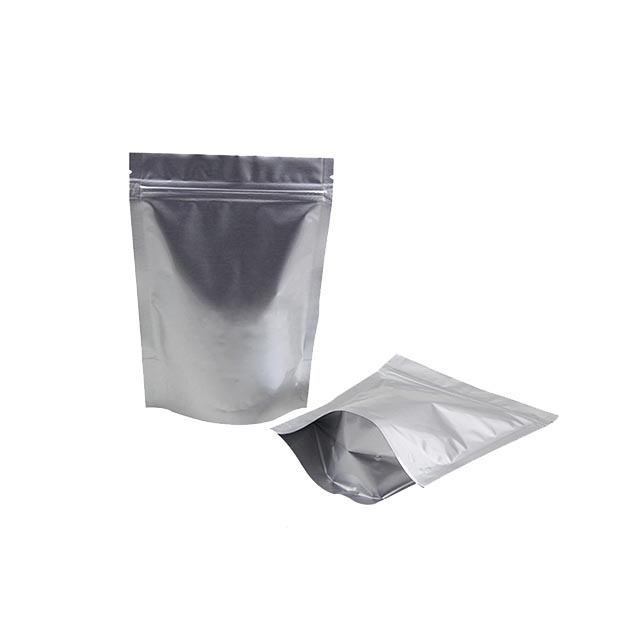
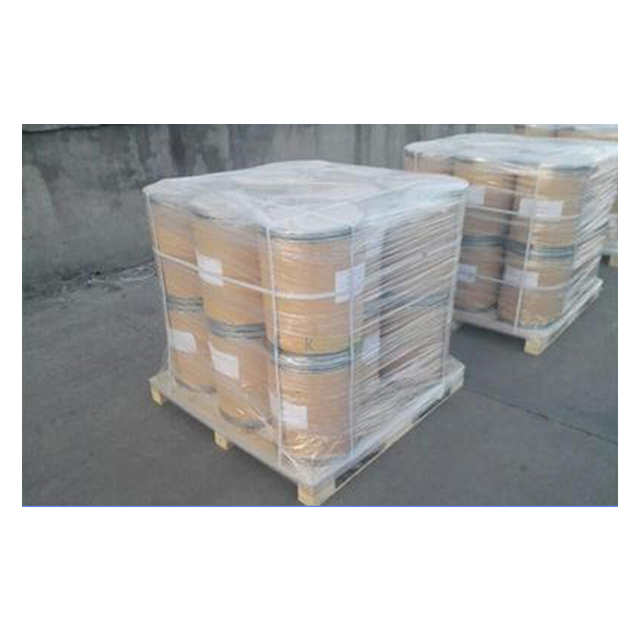
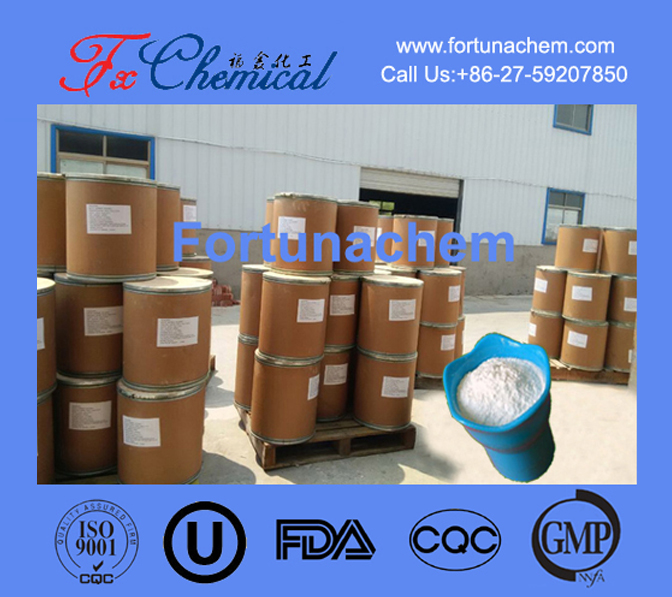
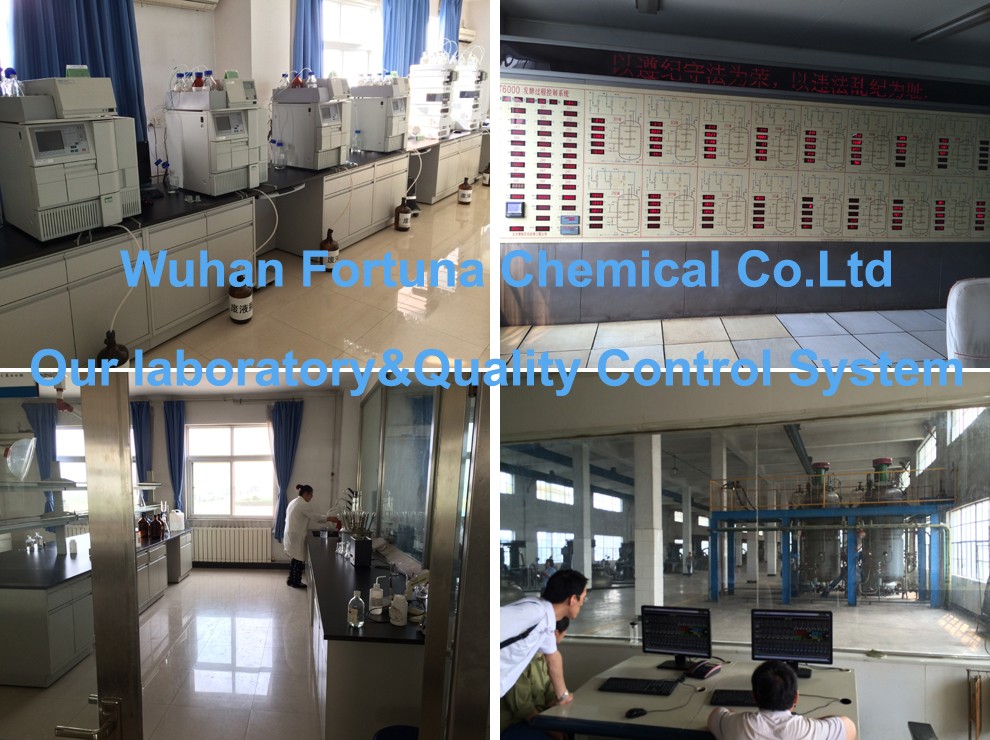





Urea (carbamide), chemical formula CO(NH₂)₂, is a key nitrogen-containing compound:
Primary Function: It's the main nitrogenous waste product in mammals, formed in the liver during the urea cycle by detoxifying ammonia (NH₃) from protein breakdown.
Excretion: Dissolved in water, it's the primary component of urine, eliminated by the kidneys.
Properties: White, crystalline, odorless solid; highly soluble in water; non-toxic.
Major Uses:
Fertilizer: Provides essential nitrogen for plants (over 90% of global production).
Industry: Feedstock for plastics (urea-formaldehyde resins), adhesives, and cosmetics.
Deicing agent: Lowers freezing point of water.
Selective Catalytic Reduction (SCR): Reduces NOx emissions in diesel engines ("AdBlue").
In essence, urea is vital for nitrogen excretion in animals and is a cornerstone industrial chemical, primarily as fertilizer.
| Items | Specifications | Results |
| Appearance | White crystalline granuler | Complies |
| Total nitrogen content | 46.2%min | 46.5% |
| Biuret | ≤1.0% | 0.9% |
| Moisture | ≤0.5% | 0.15% |
| Size(0.85~2.8mm) | ≥90% | 97% |
| Product parameters | |
| Cas number: | 57-13-6 |
| Appearance: | White crystalline granuler |
| Purity: | 46%min |
| Package details: | 50kg/bag |
| Brand: | Fortunachem |
Core Definition & Chemistry:
Chemical Formula: CO(NH₂)₂ (Carbamide).
Structure: A planar organic molecule with a central carbon atom double-bonded to oxygen and single-bonded to two nitrogen atoms, each bonded to two hydrogen atoms.
Properties: White, crystalline, odorless solid. Highly soluble in water (key for biological excretion). Melts at 133°C (decomposes). Non-toxic, hygroscopic (absorbs moisture).
Biological Role - Waste Product:
Primary Function: The main nitrogenous waste product in mammals (including humans), birds, and some reptiles/amphibians (ureotelic organisms).
Formation (Urea Cycle): Synthesized primarily in the liver from toxic ammonia (NH₃) generated during protein/amino acid breakdown. The cycle combines ammonia with carbon dioxide, using ornithine as a carrier, ultimately producing urea and regenerating ornithine.
Excretion: Transported in the bloodstream to the kidneys, filtered out, and dissolved in water as the primary solute in urine. Blood Urea Nitrogen (BUN) levels are a key indicator of kidney function.
Historical Significance:
Wöhler's Synthesis (1828): First intentional synthesis of an organic compound (urea) from inorganic starting materials (ammonium cyanate). This landmark experiment disproved "vitalism" (the idea that organic compounds required a "vital force" only found in living organisms) and founded modern organic chemistry.
Industrial Production (Bosch-Meiser Process):
Raw Materials: Ammonia (NH₃) and Carbon Dioxide (CO₂) - typically derived from natural gas.
Process:
Reaction: 2 NH₃ + CO₂ → Ammonium Carbamate (High pressure: 150-200 bar, High temp: 180-200°C)
Dehydration: Ammonium Carbamate → Urea + H₂O (Requires heat, lower pressure; equilibrium driven by water removal).
Output: Molten urea is concentrated, purified, and formed into prills or granules (>90% for fertilizer).
Major Applications:
Fertilizers (Dominant Use): Provides essential nitrogen (N) for plant growth (highest N content of solid fertilizers at 46%). Applied as granules, in blends (NPK), or liquid solutions (UAN). Prone to ammonia volatilization loss (mitigated by inhibitors/coatings).
Chemical Industry Feedstock:
Urea-Formaldehyde (UF) Resins: Used in adhesives for wood products (plywood, particleboard), coatings, laminates, textiles.
Melamine Production: Key precursor.
Other: Barbiturates, hydrazine, flame retardants, stabilizers.
Reducing Emissions (Selective Catalytic Reduction - SCR):
Diesel Exhaust Fluid (DEF)/AdBlue: Aqueous urea solution (32.5%). Injected into diesel exhaust, decomposes to ammonia, which catalytically converts harmful NOx gases into harmless nitrogen (N₂) and water (H₂O). Critical for meeting emission standards.
Other Uses:
Animal Feed: Non-protein nitrogen (NPN) source for ruminants (microbes convert it to protein).
Cosmetics/Skincare: Moisturizer (keratolytic agent).
Deicing Agent: Less corrosive than salt, but environmental concerns exist.
Explosives: Component of urea nitrate (regulated).
Key Considerations:
Environment: Fertilizer runoff contributes to eutrophication (algal blooms, dead zones). SCR reduces air pollution.
Safety: Generally safe; dust can irritate, molten urea causes severe burns. Urea nitrate is a security concern.
In Essence: Urea is biologically vital as the primary vehicle for safe nitrogen excretion in mammals. Industrially, it's the world's most important nitrogen fertilizer and a versatile chemical building block, notably for resins and emission control technology (SCR/DEF), underpinning modern agriculture and manufacturing.

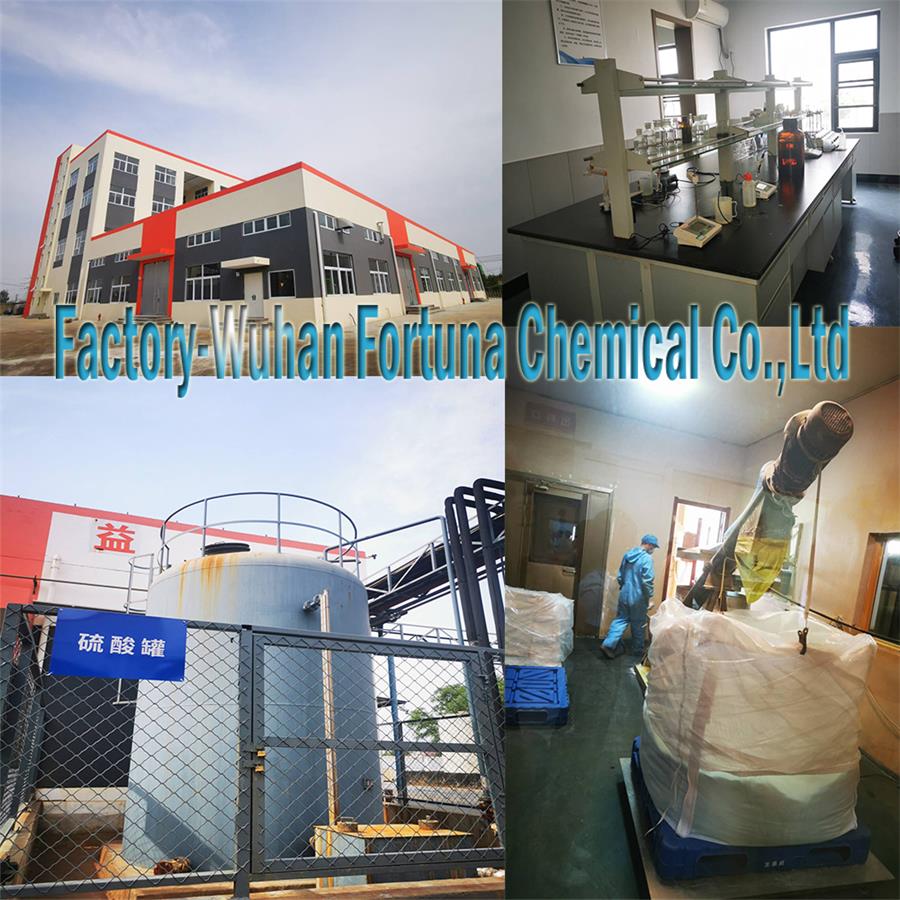
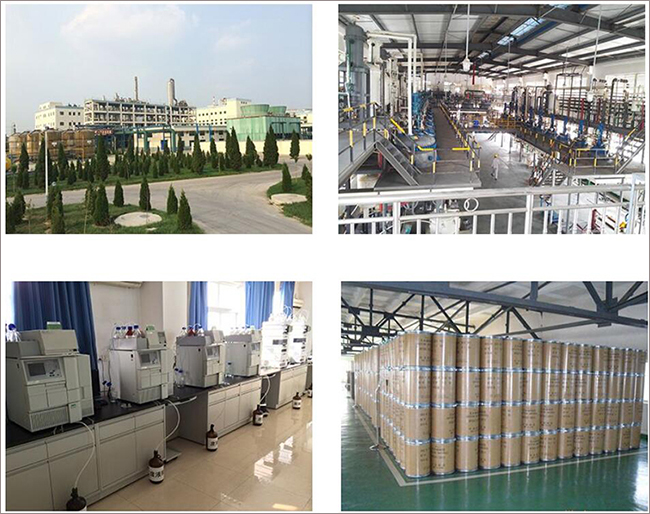


Fortunachem Provides Not Only Professional Chemical Products But Also Professional Help
Keeping you up-to-date with all the latest information, news, and events about Fortunachem!

Quick Links
Add:
E-mail:
 English
English  Español
Español  français
français  العربية
العربية 